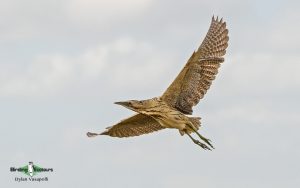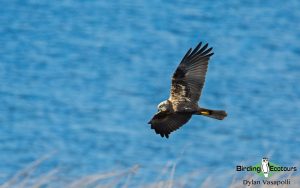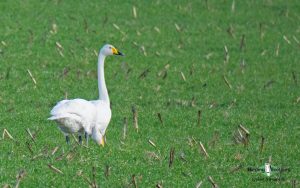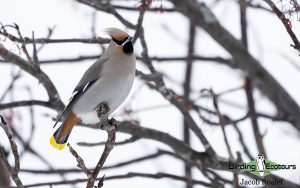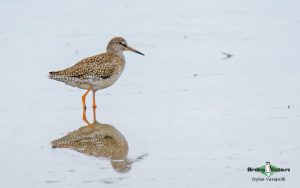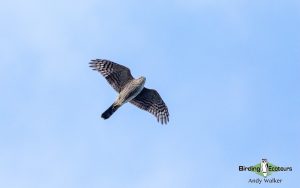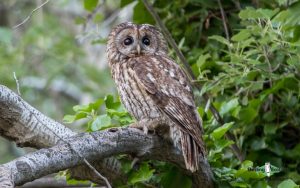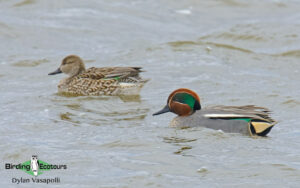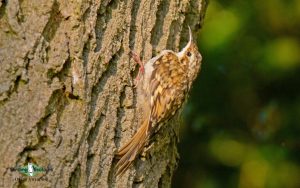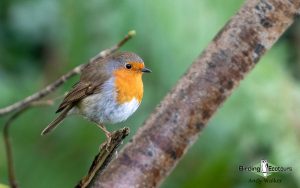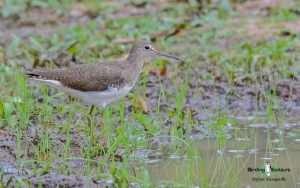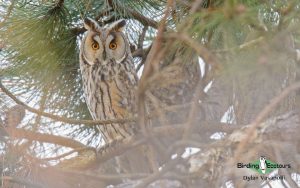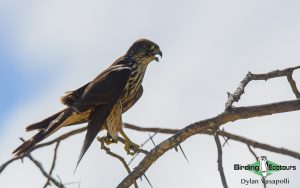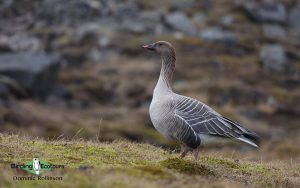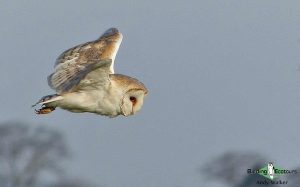1-day Norfolk Winter Birding Tour – Birding the Yare Valley
Go to: Norfolk Day Tours | Suffolk Day Tours | Cornwall Day Tours | Full length UK birding tours | Birding Tours in Europe | All our birding tours
1-day Norfolk Winter Birding Tour – Birding the Yare Valley
This 1-day winter tour will see us visit the breathtaking Mid-Yare National Nature Reserve and its surrounds. The Yare Valley is a vast expanse of wet grasslands, marshes and reedbeds around the River Yare running from the outskirts of Norwich all the way to Breydon Water at Great Yarmouth. The Royal Society for the Protection of Birds (RSPB) plays an important role in the maintenance and improvement of the area and it has become a huge success story in recent years, with several nationally rare species of fauna and flora thriving in the area. Our tour here will begin at 9am and finish around dusk (times will vary slightly throughout the winter period).
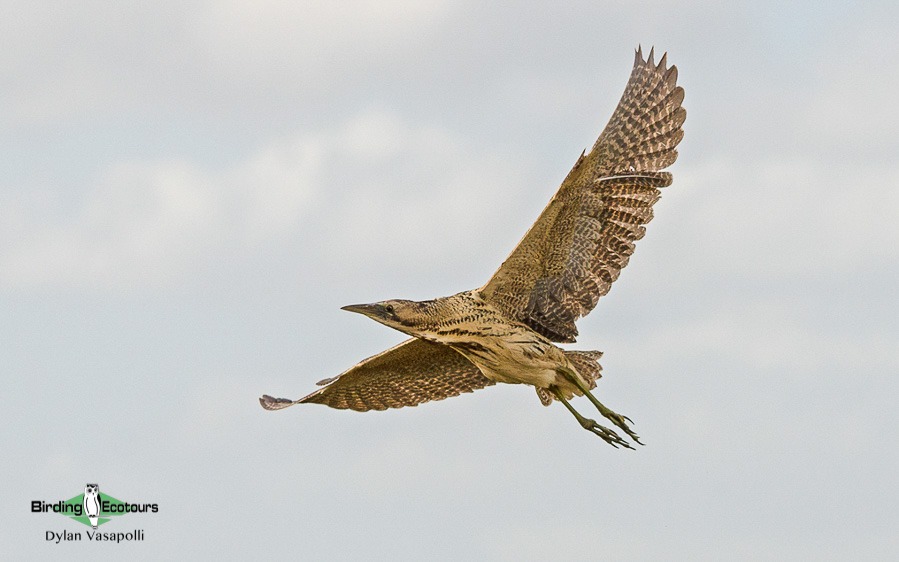
We will begin our tour at RSPB Strumpshaw Fen, the premier reserve in the area. We will spend the morning exploring this sensational reserve which boasts a superb array of species during the winter months. We begin by observing the feeders around the visitor center where we will come across typical garden birds such as European Robin, Common Blackbird, Great Tit, and Common Chaffinch. However, these feeders can attract scarcer species such as Eurasian Bullfinch, Brambling, Eurasian Siskin, Eurasian Nuthatch, Great Spotted Woodpecker, and even the outside chance of Common Redpoll or Lesser Redpoll. Looking out from the reserve hide (blind) we stand a good chance of spotting Eurasian Otter moving across the area of water in front of us and it is also our first chance to try and spot the elusive and enigmatic Eurasian Bittern. Other species that can be seen here include Eurasian Teal, Eurasian Wigeon, Tufted Duck, Gadwall, Little Grebe, Western Marsh Harrier, and Common Kingfisher.
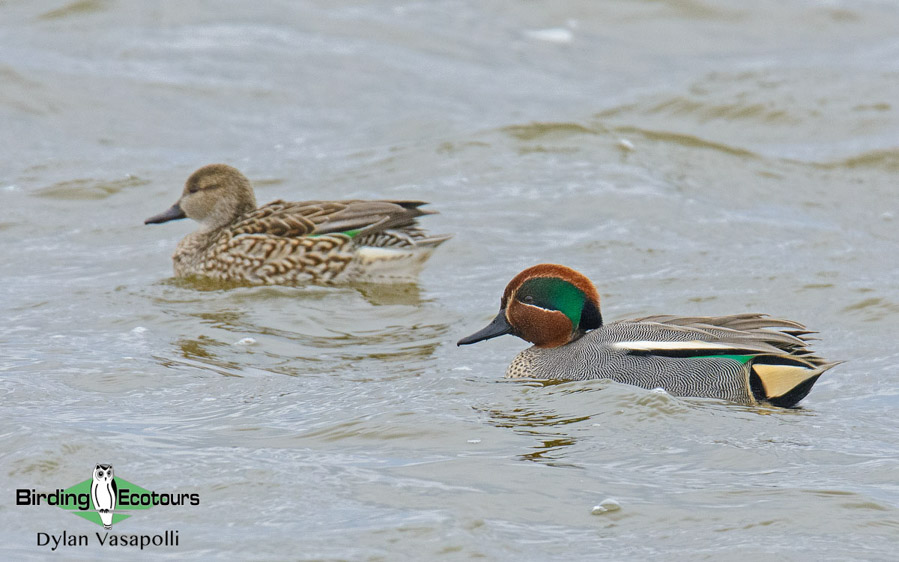
Moving through an area of woodland we will keep our eyes peeled for the species mentioned above plus others such as Coal Tit, Marsh Tit, and Eurasian Treecreeper. We may also come across wintering thrush flocks containing Redwing and Fieldfare plus more solitary thrushes such as Song Thrush and Mistle Thrush. There is also the outside chance of the striking Bohemian Waxwing, but this will depend on the prevailing conditions of the winter. We will also keep our eyes on the ground here as this area can hold skulking and secretive Water Rail and Eurasian Woodcock at this time of year.
We will emerge from the woodland area and overlook a vast area of wet grassland. A scan here can reveal Western Barn Owl, Mute Swan, Grey Heron, Little Egret, Common Buzzard, Western Marsh Harrier, Common Kestrel, Eurasian Sparrowhawk, and even scarcer species such as Whooper Swan, Short-eared Owl, and with luck, Hen Harrier. This is also a good spot for seeing the strange-looking Chinese Water Deer.
We will move through the reserve and stop at a series of hides that are in strategic positions for watching wildlife. Careful scanning of the waterways close to the path may give us a glimpse of the shy European Water Vole, an increasingly rare species in the United Kingdom (UK). We will pause and spend some time looking over the Yare River and across to the Wheatfen broad reedbeds. This spot is particularly good for birds of prey and gives us a further chance of Western Marsh Harrier, Short-eared Owl, and Hen Harrier, plus Peregrine Falcon and Merlin. Eurasian Bittern can also be evident between this spot and the superb tower hide on the reserve. The tower hide serves as a vantage point which gives us a great view over the reserve and we will spend some time here scanning the reedbeds. We will continue our loop around the reserve, stopping at points of interest, before making our way back to the visitor center. After a stop for a toilet break, we will drive a short way to our second site of the day where we will spend the afternoon.
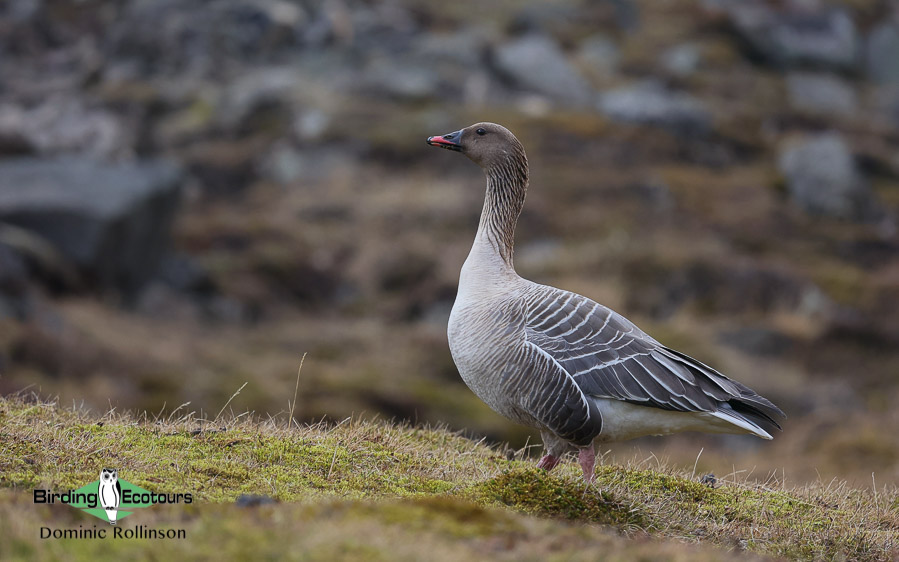
Our afternoon will be spent in the wilderness of RSPB Buckenham Marshes reserve. This vast expanse of marshland, reedbed, wetland, and grazing meadow is a haven for wildlife, especially birds, and a winter visit here is often hugely productive. We begin by crossing the railway line into the marshes; Buckenham Marshes station is officially the least busy railway station in the UK! From here we will scan and observe the vast flocks of wildfowl that spend the winter in the valley. Vast numbers of Eurasian Wigeon, Eurasian Teal, and Mallard make up most of the numbers, however, we will also stand a chance of Gadwall and Northern Pintail, the latter stunning.
Pink-footed Goose skeins will pass overhead but those on the marshes will be scanned with great care in the hope of picking up some scarcer species such as Greater White-fronted Goose. The real highlight here is the chance of finding both bean geese species. Tundra Bean Goose is by far the more common of the two, however Buckenham Marshes is one of the best places in the UK for finding the rarer Taiga Bean Goose. The site is also a good spot for wintering swans, and we will scan the Mute Swans with the chance of spotting the scarce Tundra Swan (Bewick’s Swan) and Whooper Swan. The wetlands are also a great wintering site for wading birds (shorebirds) with species such as Northern Lapwing, Dunlin, Eurasian Curlew, European Golden Plover, Northern Lapwing, Common Snipe, Common Redshank, Green Sandpiper, and Eurasian Oystercatcher often all present during the winter season and there is also the chance of a surprise Jack Snipe here too. This area is also a great wintering area for the scarce Water Pipit, always a sought-after species.
As we make our way through the marshes, we will keep our eyes peeled for birds of prey such as Western Marsh Harrier, Common Buzzard, Red Kite, Common Kestrel, Peregrine Falcon, and Merlin. As the day progresses, we may locate a Western Barn Owl and we stand a good chance of seeing Short-eared Owl as they quarter over the area looking for small mammals.
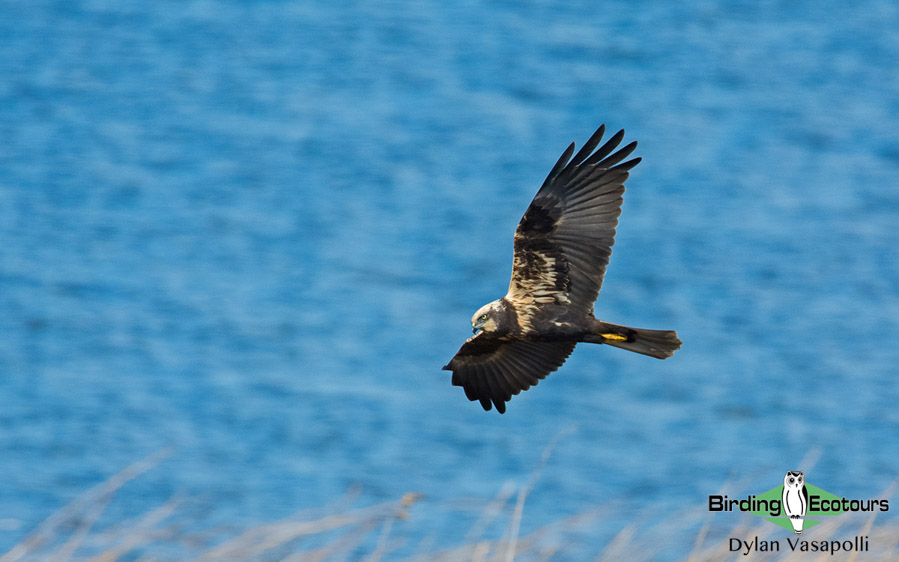
We will continue our walk around the reserve, stopping at various points to scan the mass of wildfowl present before walking the same path back towards the car park. As the afternoon progresses, we should start to see more birds of prey as many roost in the adjacent marshes across the River Yare. With luck we may observe Hen Harrier among the more numerous Western Marsh Harrier and the skies should begin filling with more skeins of geese returning from their feeding grounds elsewhere in the valley. Our final spectacle of the day, as the sun sets, will be watching the common and widespread Rook as they return in numbers to their large rookery near the train station, certain to be a great end to a wonderful day in this truly special part of Norfolk.
Winter in the Yare Valley can also offer up some bonus species. During our tour we will keep our eyes peeled for Great Grey Shrike, Long-eared Owl, Glossy Ibis, and Great White Egret, any of which would provide a nice addition to the trip list.
This birdwatching day tour gives the great opportunity to get to grips with a range of common birds found in this part of the UK (as well as loads of local and scarce special birds). We have put together an informative series of blog posts on the common garden birds, farmland and woodland birds, and wetland and coastal birds which you might find useful and interesting to look over ahead of joining this birding trip.
Please note that the itinerary cannot be guaranteed as it is only a rough guide and can be changed (usually slightly) due to factors such as availability of accommodation, updated information on the state of accommodation, roads, or birding sites, the discretion of the guides and other factors.
Download Itinerary